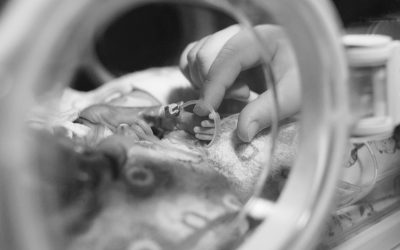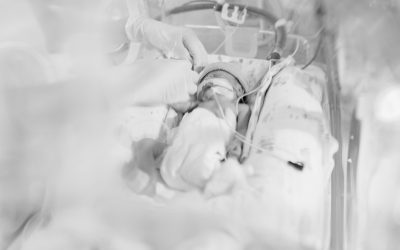From delivery to the NICU, hospital to hospital and even unplanned home deliveries, neonatal transport is crucial for making sure babies receive the care they need at the right time, and at a unit suited to their needs. Maintaining normothermia during transport has...
neonatology
Cost Analysis of the Modified Seldinger Technique (MST) for neonatal PICC Insertion
Neonatal peripherally inserted central catheters (PICC) are commonly used in neonatal intensive care units to administer vasoactive drugs and hyperosmotic solutions such as parenteral nutrition1. These catheters are often maintained in place for 2 to 3 weeks and play...
The Clinical Relevance of the Modified Seldinger Technique (MST) in Neonatology
Neonatal care often necessitates reliable vascular access for the administration of parenteral nutrition, medications, and other critical therapies. The Modified Seldinger Technique (MST) has emerged as a valuable method for inserting neonatal peripherally inserted...
Enteral nutrition in the newborn: analysis of scientific evidence on feeding methods
The following article offers an in-depth analysis of the scientific evidence on enteral nutrition in infants, focusing in particular on the methods of administration. Nutrition in infants is a vital component for their development and well-being, and the choice of the...
Enteral nutrition in infants: small connections for small patients
For the treatment of patients, from adults to infants and premature babies, admitted to healthcare facilities, it is often necessary to place probes and catheters whose use includes the administration of enteral nutrition in addition to the infusion of drugs and other...




